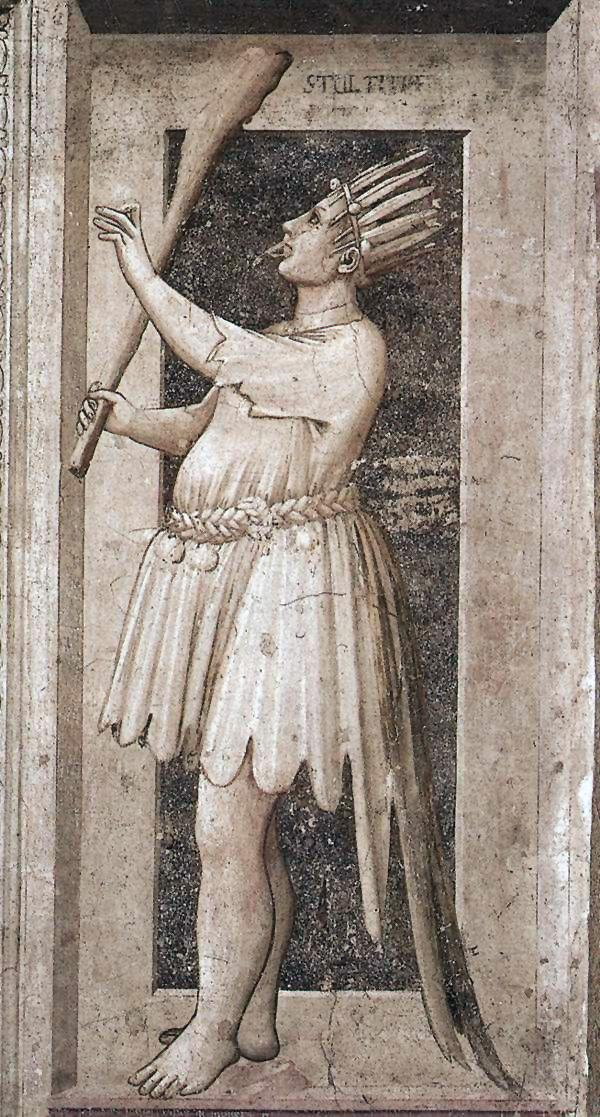Folly (allegory) on:
[Wikipedia]
[Google]
[Amazon]
 Folly () was a common allegorical figure in
Folly () was a common allegorical figure in
medieval
In the history of Europe, the Middle Ages or medieval period lasted approximately from the late 5th to the late 15th centuries, similar to the Post-classical, post-classical period of World history (field), global history. It began with t ...
morality plays and in allegorical artwork through the Renaissance
The Renaissance ( , ) , from , with the same meanings. is a period in European history marking the transition from the Middle Ages to modernity and covering the 15th and 16th centuries, characterized by an effort to revive and surpass ideas ...
. The depiction is generally of a young man, often similar in appearance to a jester
A jester, court jester, fool or joker was a member of the household of a nobleman or a monarch employed to entertain guests during the medieval and Renaissance eras. Jesters were also itinerant performers who entertained common folk at fairs and ...
or the tarot card, The Fool. In contrast to the many obvious classical allusions in such works, the depictions owe little to the Greek goddess Atë
In Greek mythology, Atë, Até or Aite (; Ancient Greek: Ἄτη) was the goddess of mischief, delusion, ruin, and blind folly, rash action and reckless impulse who led men down the path of ruin. She also led both gods and men to rash and inconsi ...
.
In drama, the character tempts the protagonist into foolish action, successfully or not. In an allegorical painting, the figure may be counterpoised to Prudence, representing a choice, or alone, representing the unwisdom of the actors in the painting.
See also
*''In Praise of Folly
''In Praise of Folly'', also translated as ''The Praise of Folly'' ( la, Stultitiae Laus or ), is an essay written in Latin in 1509 by Desiderius Erasmus of Rotterdam and first printed in June 1511. Inspired by previous works of the Italian hum ...
'' by Desiderius Erasmus
Desiderius Erasmus Roterodamus (; ; English: Erasmus of Rotterdam or Erasmus;''Erasmus'' was his baptismal name, given after St. Erasmus of Formiae. ''Desiderius'' was an adopted additional name, which he used from 1496. The ''Roterodamus'' wa ...
.
*''Venus, Cupid, Folly and Time
''Venus, Cupid, Folly and Time'' (also called ''An Allegory of Venus and Cupid'' and ''A Triumph of Venus'') is an allegorical painting of about 1545 by the Florentine painter Agnolo Bronzino. It is now in the National Gallery, London. Scholars d ...
'', allegorical painting by Agnolo Bronzino
Agnolo di Cosimo (; 17 November 150323 November 1572), usually known as Bronzino ( it, Il Bronzino ) or Agnolo Bronzino, was an Italian Mannerist painter from Florence. His sobriquet, ''Bronzino'', may refer to his relatively dark skin or reddis ...
Notes
References
Medieval drama {{drama-stub